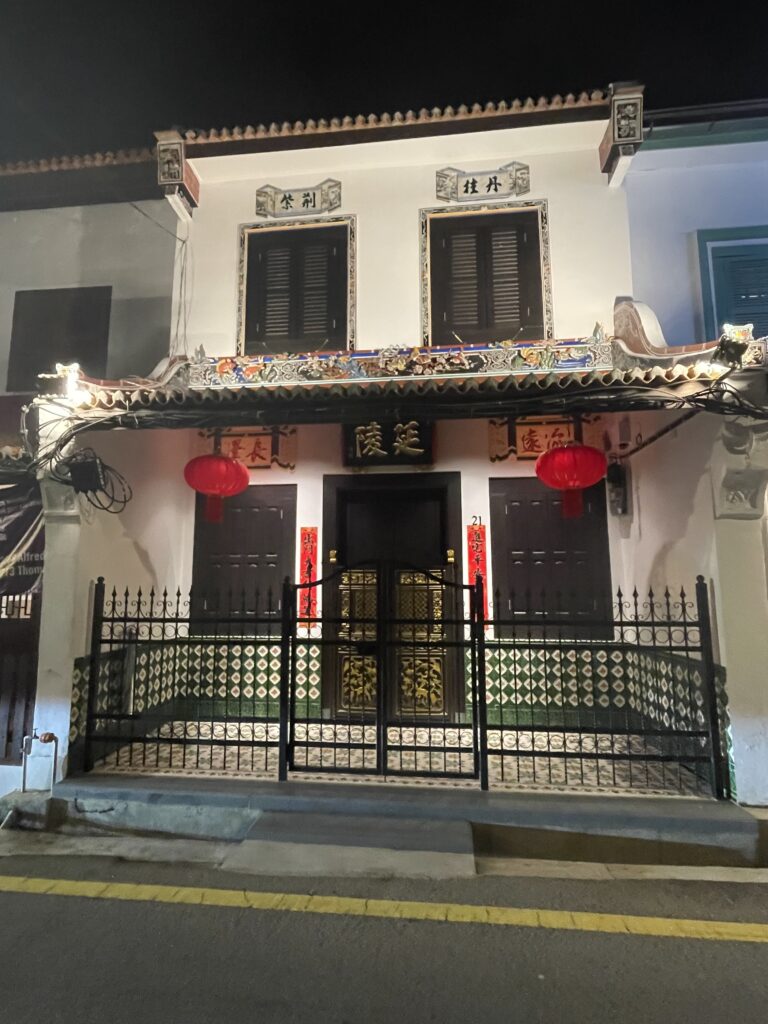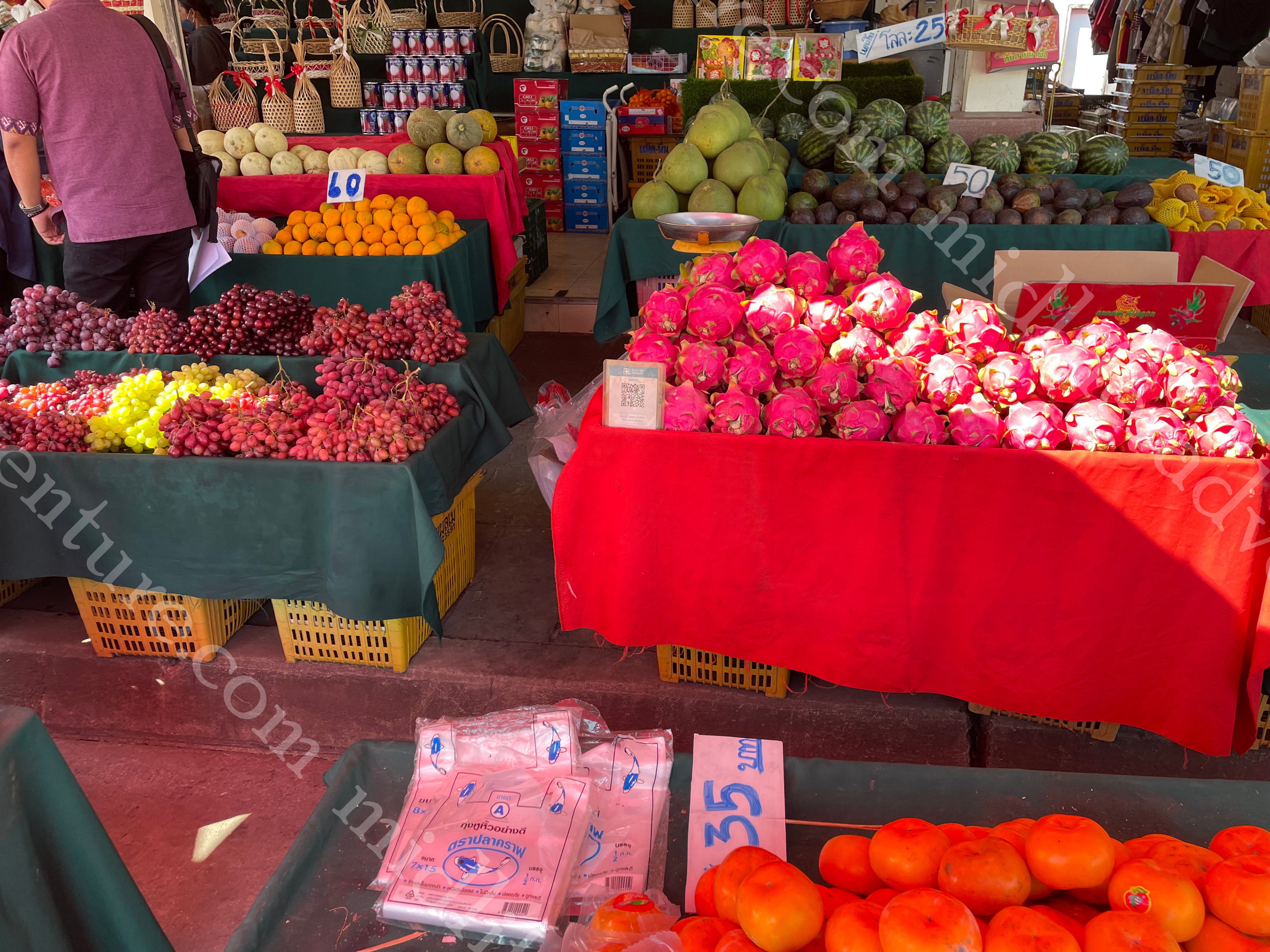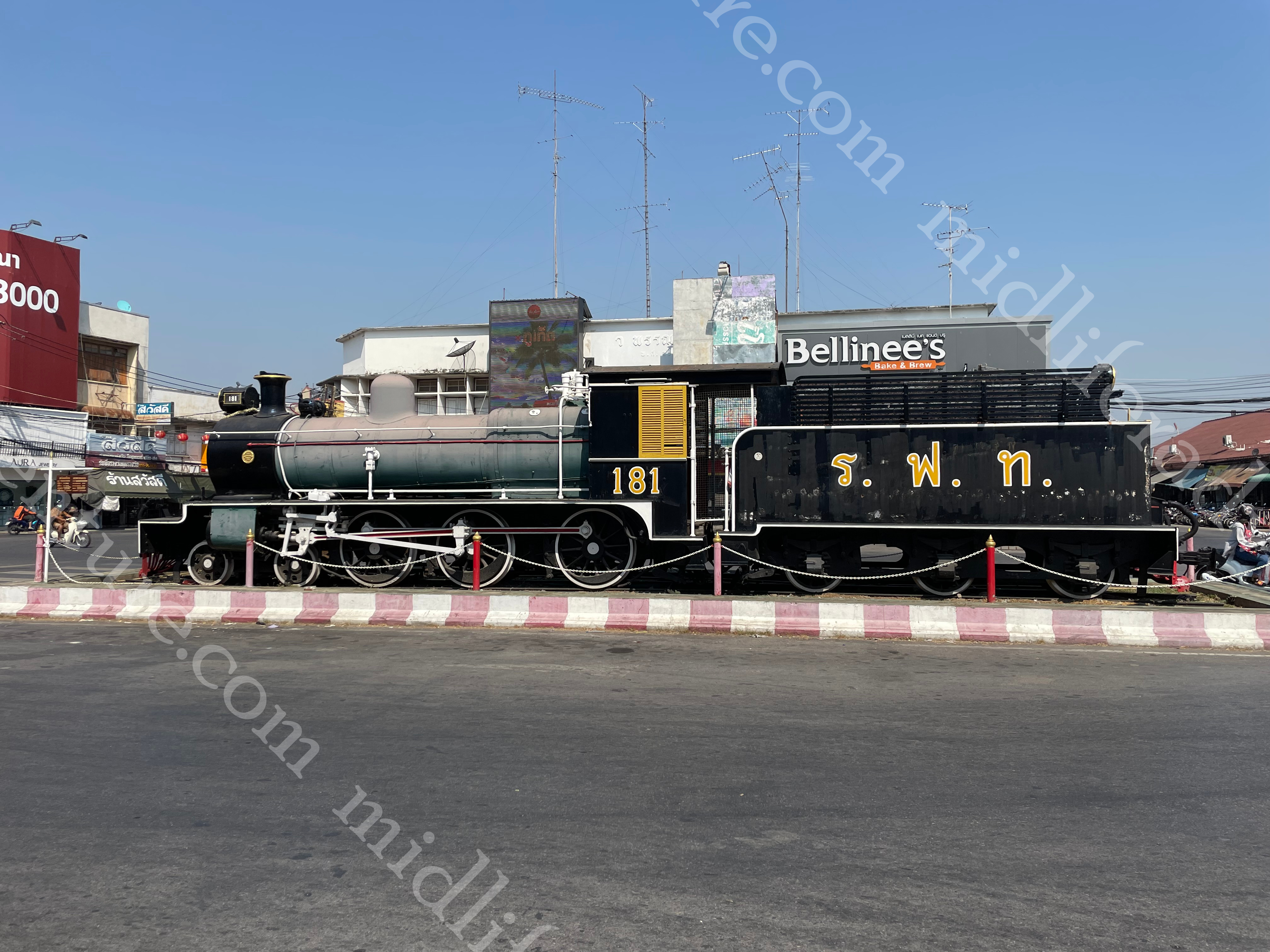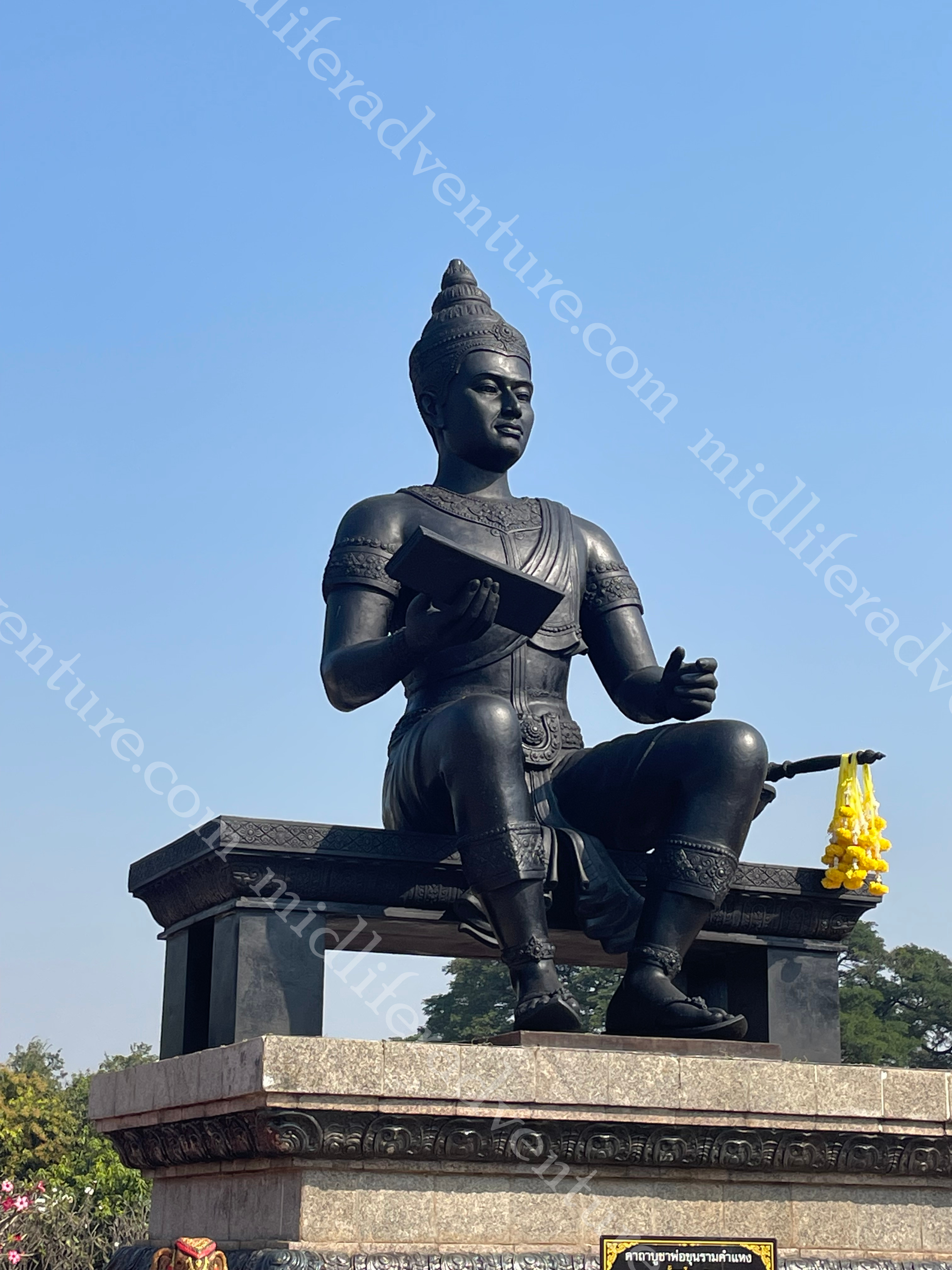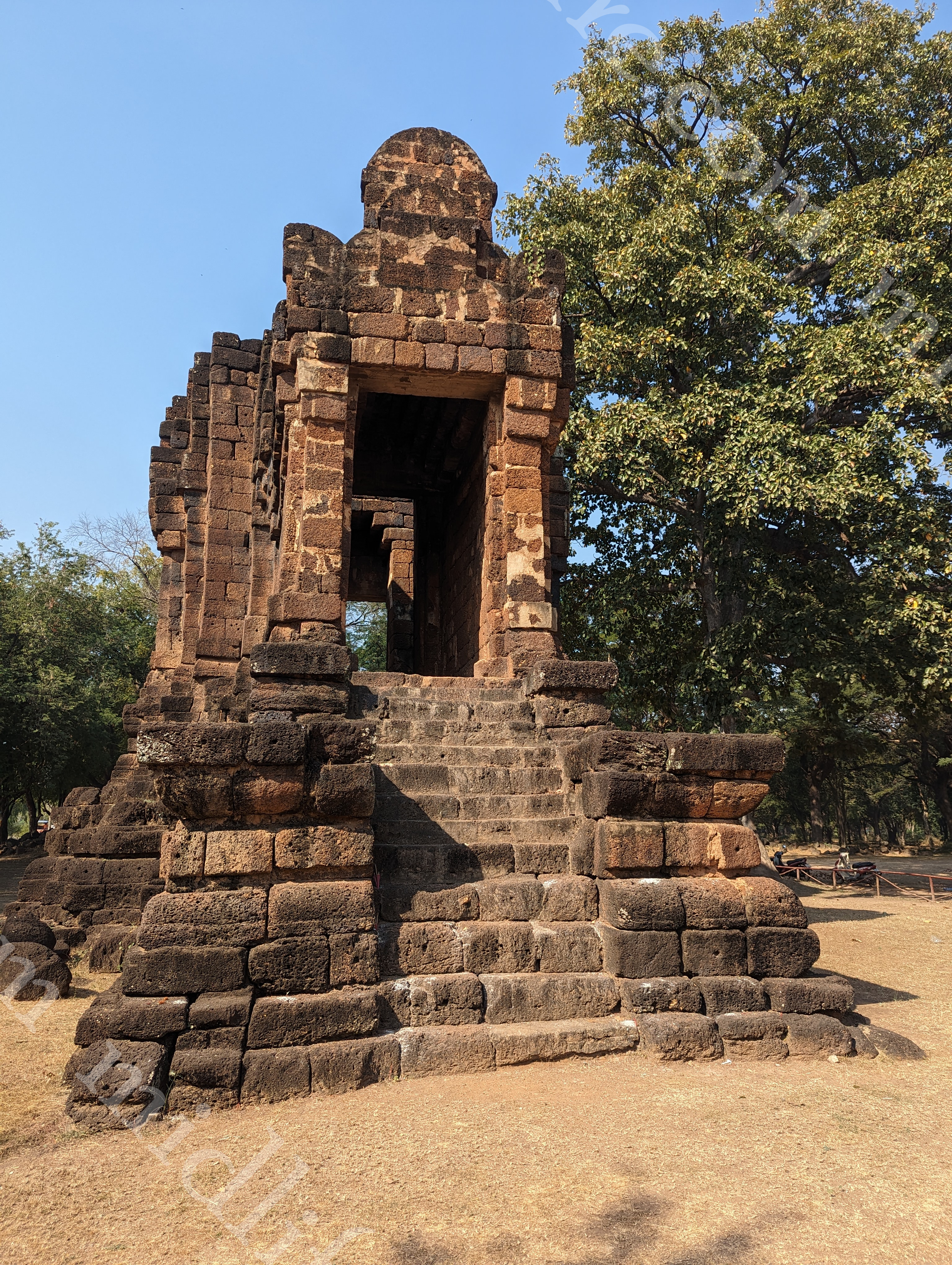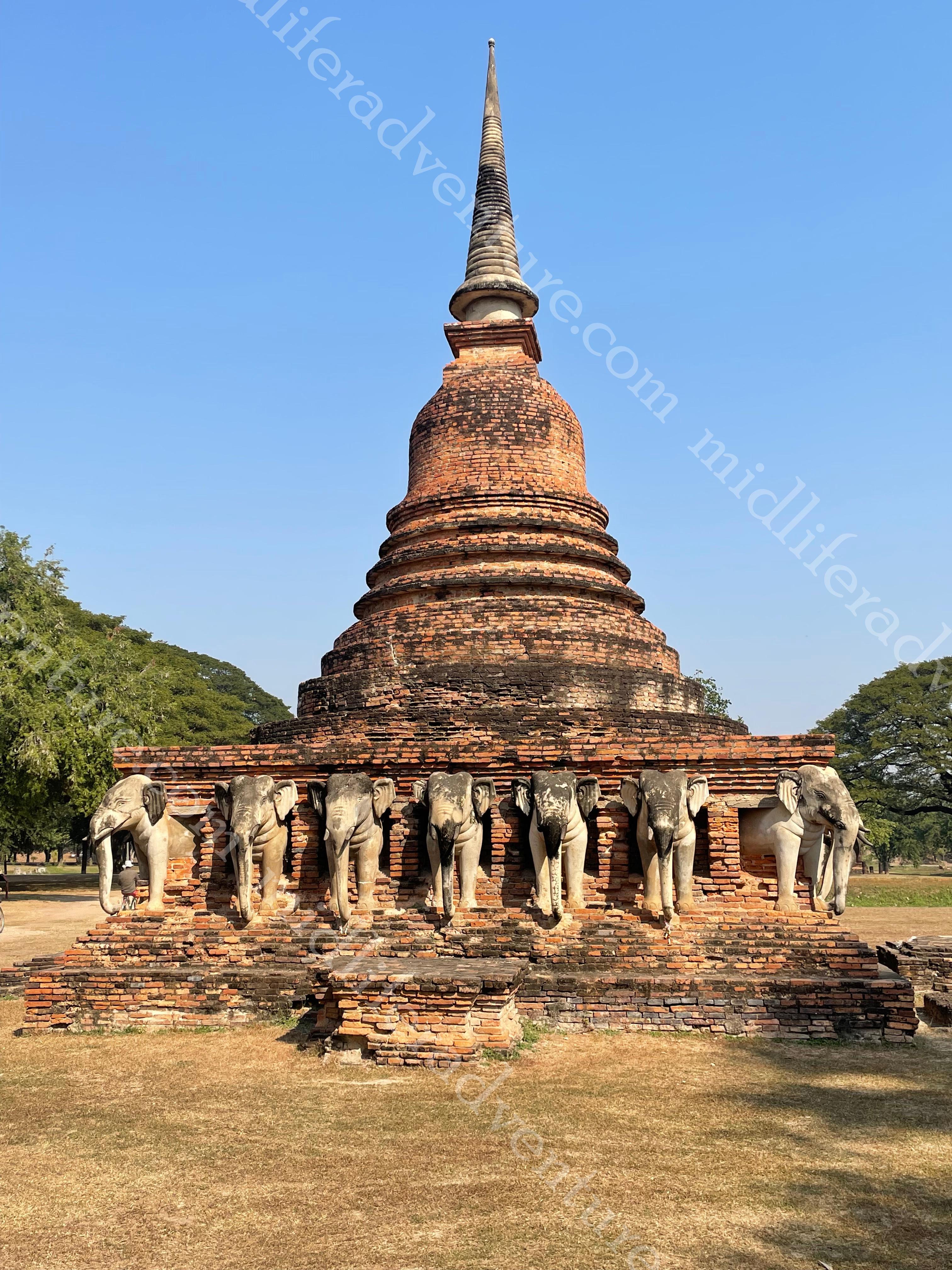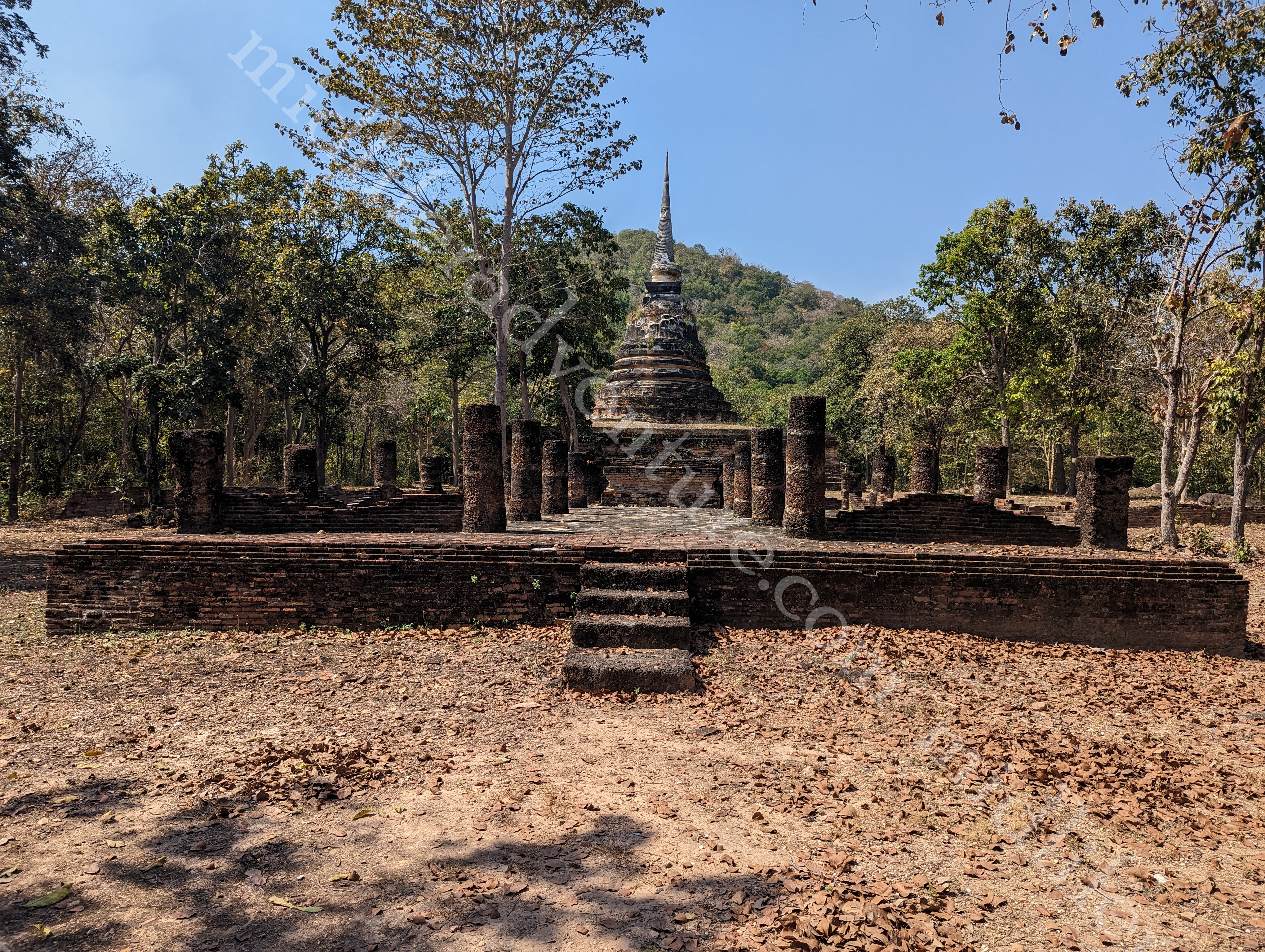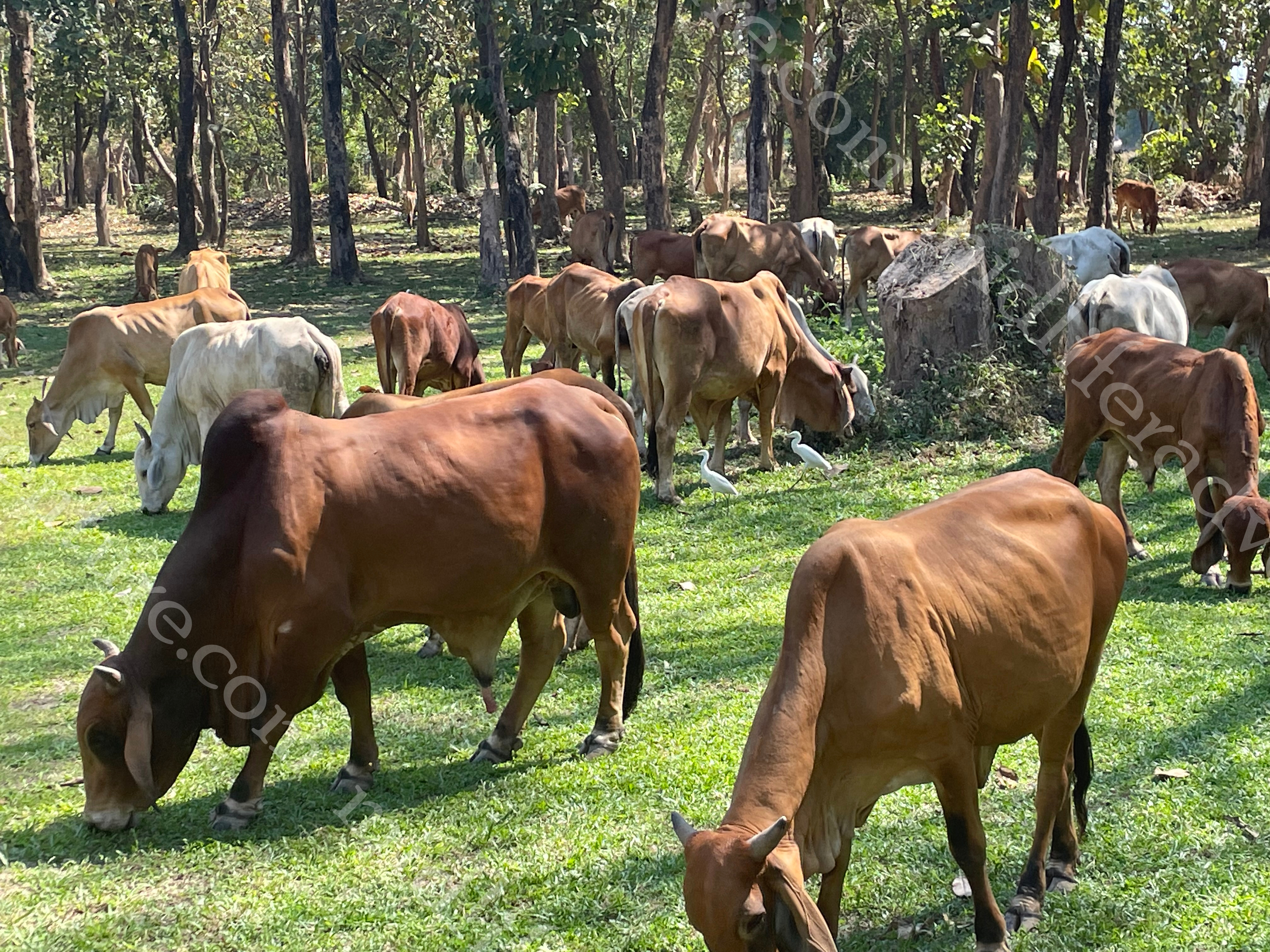
Switzerland, officially the Swiss Confederation, is a small country of 41,000 square km and a population of under 9 million.
It is bordered by Italy (south), France (west), Germany (north) and Austria and Liechtenstein (east). Once again I was here in 1996 but had a single stop in the Swiss Alps (with no real recollection of which mountain).

A Google search of similar trips to the one I took suggests that the mountain was most likely Jungfrau.
Sargens
This was a quick stop off as we transited towards Liechtenstein. Sargens is a small village of a bit over 6,000 people that serves as a fairly major transportation hub.


Sargans is known for its castle, which dates from before 1291. Since 1899, it has been run by the local church and now houses the Sarganserland museum.
Zurich

Zurich is at the northern tip of Lake Zurich on the Limmat River and is a global centre for banking and finance. And oh my god isn’t that obvious!
This place expensive.
Seriously expensive.

Our first exposure to the city was an economic one. The prices charged here in Geneva are obscene at best and when you couple this with a rubbish exchange rate it makes Zurich almost out of reach for us poor Australians. One Swiss Franc will cost you $1.70 Australian and the prices that you pay back home are generally a lot lower than the ones charged here.
We checked into our hotel and did the usual search for nearby restaurants for dinner. This is where the wheels fell off. An entree soup was 15 francs ($25) and the cheapest steak was 56 francs ($95). Ok time to recalibrate our expectations here. How about a pizza – starts at 19.50 ($33), ok how about a burger – starts at 16.50 ($28), umm maybe a salad – starts at 26 ($44).
Oh, this is going to hurt. We found a kebab shop nearby, they’re cheap right. So we went and bought a (very ordinary) kebab and a soft drink each. The final bill came to 36 francs ($61.30). Anyway, we were fed and would be out in 2 days.
The next thing that we got to experience properly was the public transport system. As we were staying a few km from the centre we chose to tram it in and out of town to the train station and walk from there. This was both easy and efficient. The train station is truly something to behold. It is split over 3 levels with 15 train lines coming in and out of each level, 44 lines in total.



Zurich certainly has a stunning location on the shores of Lake Zurich and the historic old town with amazing buildings is right in its center.






There are about 50 museums and 100 art galleries within the city to keep you amused if your interests run that way. And if you’re after rest and relaxation, you can be in the Swiss mountains in less than an hour.

The twin towers of the Grossmünster are one of the most recognisable images of the city.
According to legend, Charlemagne discovered the graves of the city’s patron saints Felix and Regula and had a church built on the spot.
Construction started in around 1100 and it finished around 1220.
The Fraumünster church in Zürich which was built on the remains of a former abbey for aristocratic women which was founded in 853.
After the Reformation, the Fraumünster came into the possession of the city.

The Bahnhofstrasse is the main shopping street that connects Lake Zurich with the train station, Zurich Hardbrücke. It runs a distance of 1.4 kilometres with all of the usual high end boutiques, department stores and watch shops.

St. Peter’s church is the oldest parish church in Zurich.
The original foundation walls from the 9th century are still visible under the choir.
It also has the largest church clock face in Europe (measures 8.7meters in diameter). There are five bells in the tower, dating from 1880.
Beyond the big ticket items, there are lovely old buildings with amazing architecture and styling almost everywhere you look. The people tend to keep to themselves but are mostly friendly, if a little stand offish.







Our time in Zurich was really nice. Getting around was a breeze thanks to a super-efficient (if a little confusing at times) tram system. The old town was a great wander as was the newer section (although we had no interest in the high end shops). The only real detraction was the price. It quite literally costs about 3 times more for anything that you would get back home.







Our meal situation was overcome by going to Lidl and Co-op and buying groceries. The hotel gave us a well priced ($26 a head) continental breakfast which saw us set up for the day and the shopping run got us through the rest of the day reasonably painlessly. It is amazing how far cheese, tomato, avocado and some decent bread rolls will get you. On our last evening we did treat ourselves to some local beers, but I still ate a ($12) salad in my room.


























































































